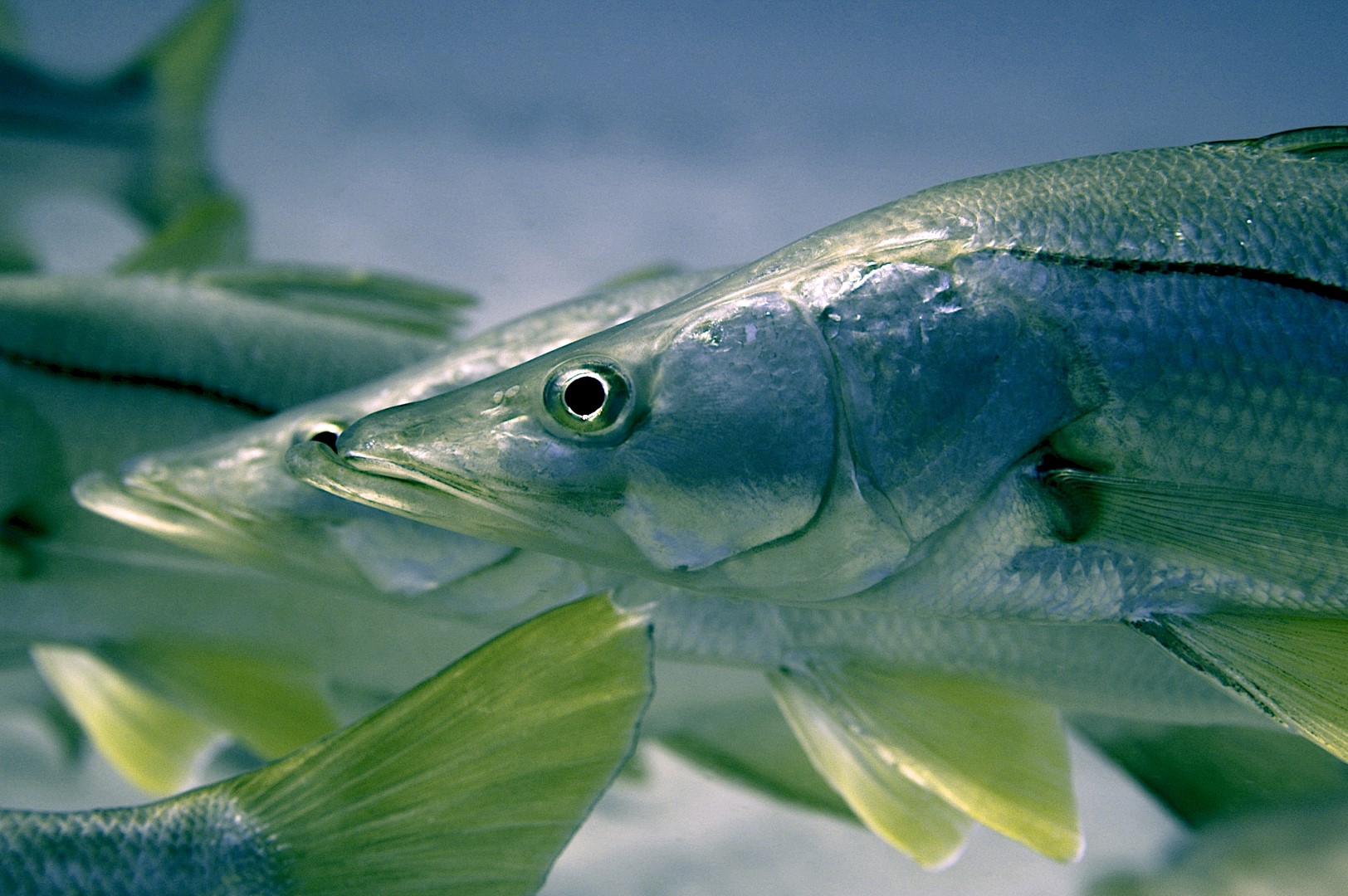
The number of snook along Florida’s Gulf Coast finally is where it was before a devastating freeze in January 2010 decimated the population, forcing the state to impose an unprecedented ban that hit hard the charter fishing and tourism industry from Tampa Bay south.
Snook, widely considered Florida’s most popular nearshore game fish that drew sport fishermen from all over the world, are back in robust numbers along the state’s Gulf Coast, where the population took a big hit six years ago.
The recovery was due to a concerted effort by state regulators, wildlife biologists, commercial, sport and charter fishermen who lost a lot of business during the ban.
The Florida Fish and Wildlife Conservation Commission (FWC) immediately banned taking snook after the cold snap, in which 11 consecutive days of freezing temperatures were recorded in the Tampa Bay region. For nearly four years, snook was off limits for fishermen, including charter fishermen — many of whom targeted the species for clients who paid hefty fees to find and land the fish.
The latest stock assessment showed catch rates for the snook populations have returned to pre-2010 freeze levels, according to state wildlife officials, saying the ban worked.
Currently, fishing for snook is still regulated. Fishermen have a bag limit and can only take snook during specified times of the year.
During the closure, marine biologists say, spawning occurred without the threat of fishing mortality and, as a result, the number of young snook multiplied and adult snook grew larger.
The FWC manages snook in the Gulf differently than it does snook in the Atlantic because of the genetic differences and separate life history patterns. Snook from the Gulf typically live in a single estuary for their entire lives, while snook from the Atlantic migrate much greater distances.
Snook species in Florida are at the northern limit of their range.


